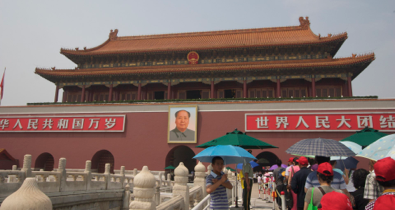
6/26/2010
 |
I visited China to attend two
conferences, in Beijing and Changsha, and offer some
reflections on my trip. Subsequent blog entries will
cover my tourist experiences and the conferences. |